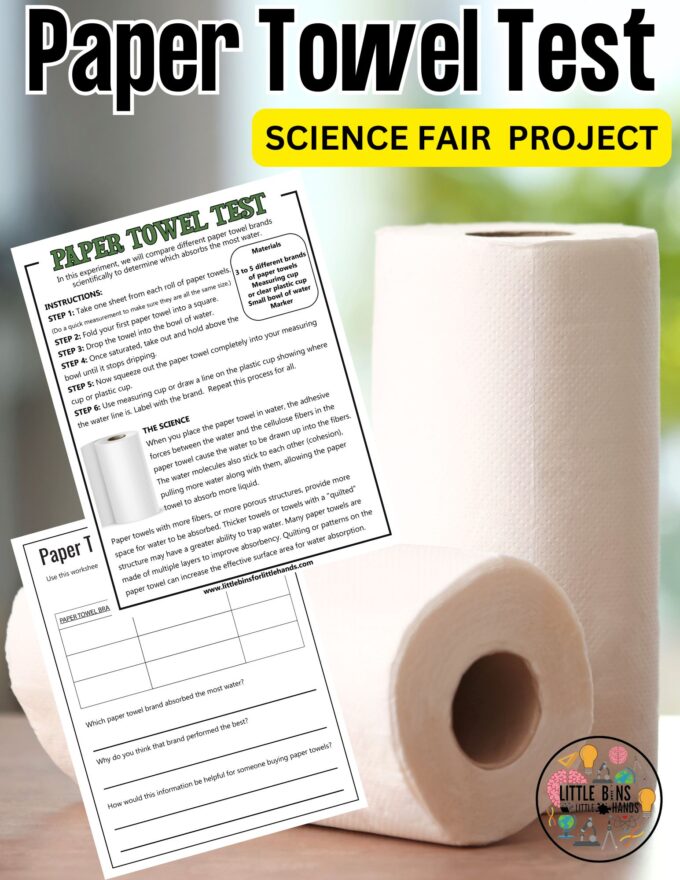
Have you ever stopped to think about the intricate patterns on your paper towels? They’re not just there for aesthetics; these designs play a crucial role in their ability to effectively absorb spills and clean messes. Understanding the science behind why do paper towels have patterns and ridges can shed light on how these seemingly simple products work so well.
This article will delve into the fascinating world of paper towel design, exploring the relationship between patterns, ridges, and absorbency. We’ll examine how these features enhance surface area, trap liquids, and ultimately contribute to superior cleaning performance.
Paper Towel Patterns
Paper towels come in a variety of patterns, from simple grids to more complex embossed designs. These patterns are carefully engineered to maximize their absorbency and cleaning capabilities. The raised textures created by these patterns play a significant role in how effectively paper towels can absorb liquids.
Different types of patterns serve different purposes. For instance, grid patterns offer a consistent surface area for absorption, while embossed designs with varying depths and shapes can trap larger amounts of liquid within their intricate channels. Manufacturers often experiment with different pattern configurations to optimize performance for specific cleaning tasks.
Absorbency and Ridges

The ridges found on paper towels are another key factor contributing to their absorbency. These raised lines create a network of channels that allow liquids to flow into the fibers of the paper towel, rather than simply spreading across the surface. This channeling effect helps draw spills inward, maximizing the contact area between the liquid and the absorbent material.
The depth and spacing of the ridges can also influence absorbency. Deeper ridges tend to trap larger amounts of liquid, while closer spacing allows for more efficient channeling. Manufacturers carefully consider these factors when designing paper towels to achieve optimal performance for various cleaning needs.
Liquid Capillary Action
The ridges on paper towels also facilitate capillary action, a natural phenomenon where liquids flow upward against gravity through narrow spaces. This occurs because the adhesive forces between the liquid molecules and the paper fibers are stronger than the cohesive forces within the liquid itself. The ridges create these narrow spaces, allowing for efficient capillary action that draws liquids deeper into the paper towel’s structure.
Surface Area Enhancement
The patterns and ridges on paper towels significantly increase their surface area compared to a flat sheet of paper. This expanded surface area provides more contact points with spills and messes, allowing for greater absorption capacity. Think of it like this: a textured surface offers more “hooks” for liquids to cling to than a smooth one.
The increased surface area created by the patterns and ridges allows paper towels to effectively soak up larger amounts of liquid in a shorter amount of time. This is particularly beneficial when dealing with spills or messes that require rapid cleanup.
Liquid Trapping

Beyond simply absorbing liquids, the intricate designs on paper towels also play a crucial role in trapping them within the fibers. The raised textures and channels created by the patterns prevent liquids from spreading out and pooling on the surface. Instead, they are drawn inward and held securely within the paper towel’s structure.
This trapping mechanism prevents liquids from re-contaminating surfaces or spreading further, making paper towels more effective at containing spills and messes.
Cleaning Performance
The combination of increased surface area, liquid trapping, and efficient channeling ultimately contributes to the superior cleaning performance of paper towels. They can effectively absorb a wide range of liquids, from water and juice to oil and grease.
Their ability to trap liquids within their fibers also prevents them from simply spreading across surfaces, making them ideal for wiping up spills and messes without leaving behind streaks or residue.
Conclusion
The next time you reach for a paper towel, take a moment to appreciate the intricate patterns and ridges that make it so effective. These seemingly simple designs are the result of careful engineering and scientific understanding, demonstrating how even everyday products can be marvels of innovation. From enhancing surface area to trapping liquids within their fibers, these features work together to elevate paper towels from basic absorbent materials to essential cleaning tools.
